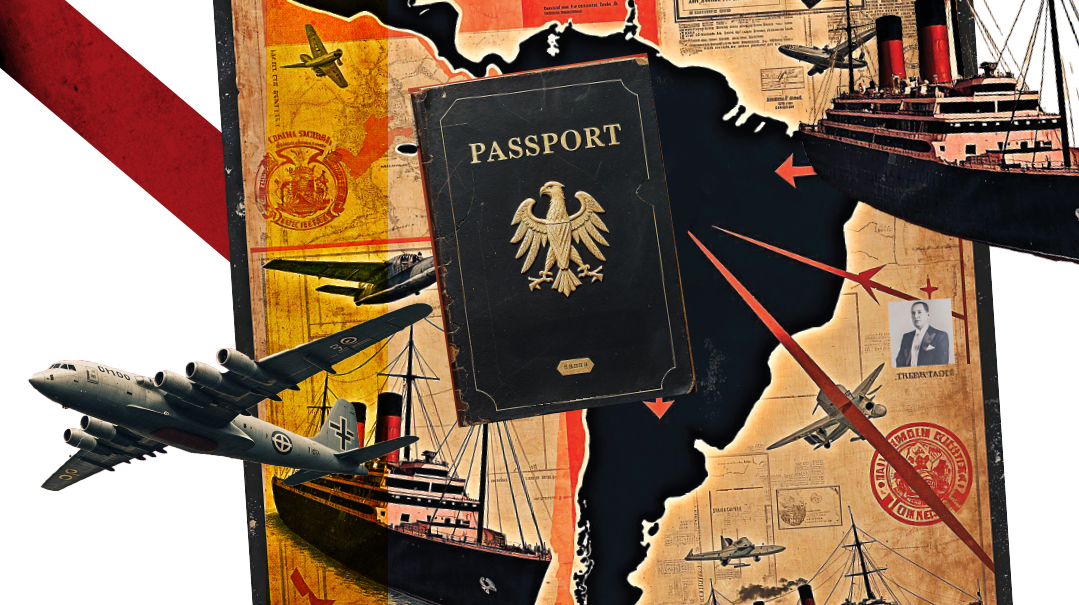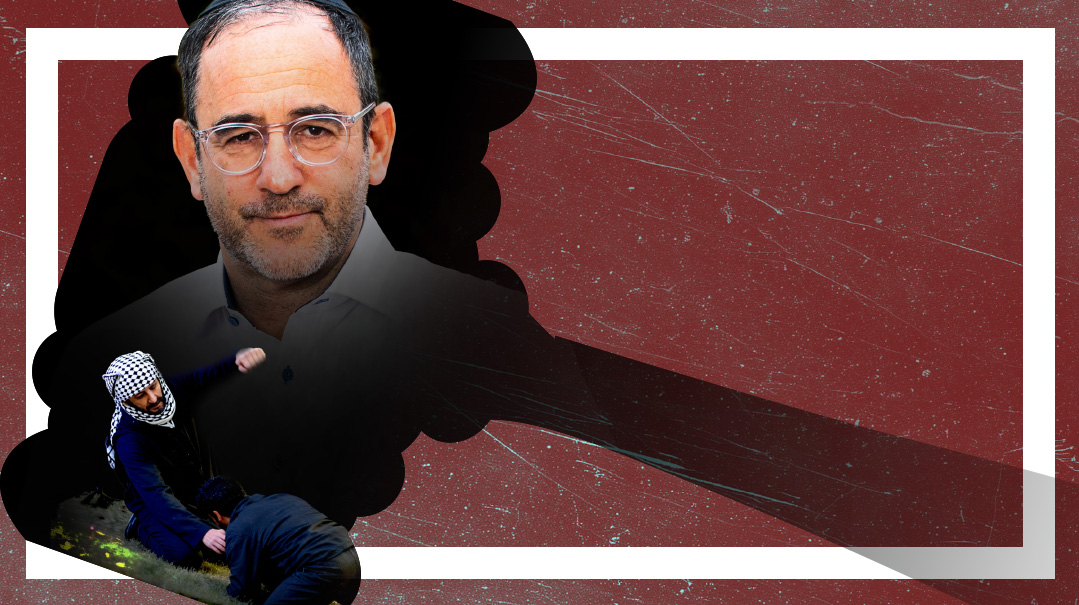Devils’ Advocates

A guide to the web of evil that spirited away Nazis to sanctuary in South America

Thousands of Nazis entered Argentina through the “ratlines” — escape routes for Nazi fugitives, aided by the Vatican, international leaders, and powerful financial institutions.
Now, after Argentine president Javier Milei announced he would declassify all relevant government archives, the rest of us will finally learn just who opened the gates for Nazi war criminals
A
ryeh Wallenstein, the head of the Reuters Israel bureau, was no stranger to history. He had reported on the birth of the State of Israel, the turbulent wars that followed, and the unrelenting geopolitical drama of the Middle East. But on the night of May 31, 1962, he saw evil incarnate as it met long-delayed justice.
Wallenstein was one of only two journalists permitted to witness the execution of Adolf Eichmann. For Wallenstein, covering the trial had meant listening to haunting testimonies from survivors, a litany of horrors etched into the collective Jewish memory. But now, the courtroom drama was over. The verdict had been rendered, and justice would be served.
Wallenstein watched as Eichmann, cold and unrepentant, prepared to meet his end. In his final moments, Eichmann’s voice echoed defiantly: “Long live Germany! Long live Argentina! Long live Austria! These are the countries with which I had the closest ties, and I have never forgotten them. I had to obey the law of war and my flag. I am ready.”
The mentions of Germany and Austria were unsurprising. But Argentina? Eichmann’s words, uttered in a dimly lit room at the end of a rope, revealed a dark truth. Argentina had harbored him, as it had many others — a sanctuary for men evading long-overdue justice.
The so-called “ratlines” — escape routes charted in the dying days of the Third Reich — provided a lifeline to Nazi fugitives, with help from the Vatican, international leaders, and powerful financial institutions. And Argentina, led by a popular president with authoritarian leanings, stood ready to receive them.
In recent weeks, current Argentine president Javier Milei declared he would declassify all relevant government archives to shed light on how his country became a haven for Nazi criminals. This effort, led by the Simon Wiesenthal Center, seeks to answer a specific question: How were these operations financed?
“Argentina opened its doors to some of the worst Nazi criminals in history,” says Rabbi Abraham Cooper, associate dean and director of global social action for the Simon Wiesenthal Center. “I’ve worked with many Argentine presidents over the past 30 years, and I’ve never seen such a genuine and immediate commitment to cooperation.”
“Someone facilitated the money to carry out the ratline, and the opening of these files will help us understand who those people were,” says Ariel Gelblung, director of the Simon Wiesenthal Center in Latin America. “We also want to understand what happened with the ‘Aryanization’ of companies — the forced sale of Jewish-owned businesses to the Nazis at drastically reduced prices.”
Gelblung notes that it remains unclear whether the affected families will be able to receive compensation. However, he emphasizes that the files will shed light on which banks — primarily Swiss banks, according to preliminary reports — facilitated the movement of large sums of money.
Between 5,000 and 10,000 Nazi war criminals were granted legal entry into Argentina. The new arrivals found a ready welcome. Argentina had long-standing German communities dating back to the mid-19th century, such as the city of Bariloche in the south, providing a ready-made enclave for those seeking refuge.
As the files are opened on the notorious saga of the ratlines to South America, here is a guide to the web of evil that spirited away Nazis to sanctuary in South America.
Oops! We could not locate your form.







